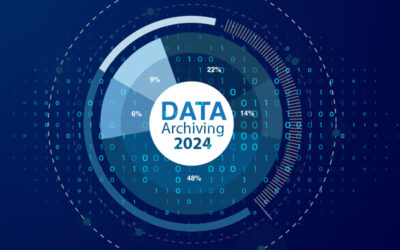 Excel, the spreadsheet component of the Microsoft Office Package, has wide applications in business. If you need to analyze and interpret complex numerical data presented in Word, PDF or any other file format, Excel conversion is the solution. Businesses use Excel spreadsheets to display financial information and other data relevant to the running of the business. They use Excel spreadsheets in accounting, to maximize the value of data, to control costs, and to obtain business information.
Excel, the spreadsheet component of the Microsoft Office Package, has wide applications in business. If you need to analyze and interpret complex numerical data presented in Word, PDF or any other file format, Excel conversion is the solution. Businesses use Excel spreadsheets to display financial information and other data relevant to the running of the business. They use Excel spreadsheets in accounting, to maximize the value of data, to control costs, and to obtain business information.
However, converting data to Excel format can be complex and time-consuming, and involves making the best use of on the shortcuts that the program provides for the user. Such challenges can be addressed easily and efficiently professional service providers. Here are the main reasons why Excel conversion services continue to gain importance:
For Financial Data Processing: Excel allows businesses to process data by using formulas across a grid of cells. Data entered in to rows or columns can be sorted and filtered to make it displayed in a presentable format. Data comparison can be done in a much more meaningful way by representing it as pie charts, graphs, or clustered columns. Such pictorial representations are useful in creating business reports and in analyzing data.
Collection of Data: Data from different documents and files can be collected and presented in a single location using an Excel spreadsheet. With Excel, workbooks can be shared among many users, though such collaboration works best when users work on the data in that workbook at different times rather than simultaneously.
Spreadsheets: Spreadsheets can store information involving numbers or any other information that does not fit easily into a pre-designed application such as financial statements, budgets, stock trading, creating invoices, employee schedules, hours worked by employees, bank transactions, auto mileage log, and much more. You can paste a large amount of data into the sheet and then sorting through to find what you are looking for much more easily. Excel spreadsheets can be formatted with different colors to differentiate between columns and the data they contain.
Identifying Wage Performance: Employee pay can be easily tracked or monitored by entering related details in a customized spreadsheet. Users can easily identify employee hours, payroll and benefits by manipulating the data.
To Identify Varying Trends: Including average lines while presenting data in the form of charts or graphs is helpful to identify the key trends emerging out of information. Identifying emerging trends helps to provide predictions for future activity (to develop future business strategy, determine the volume of production, and so on).
Forecasting the outcome of a worksheet model: Excel has what-if analysis tools that allow you to forecast the outcome of a worksheet model. This tool lets you run different scenarios on your data, such as best case and worst case scenarios, and to compare the results of different scenarios in a summary format.
Easily Accessible: Excel documents can be accessed from a range of devices such as PCs, laptops, smartphones and tablets, and from almost any location.



